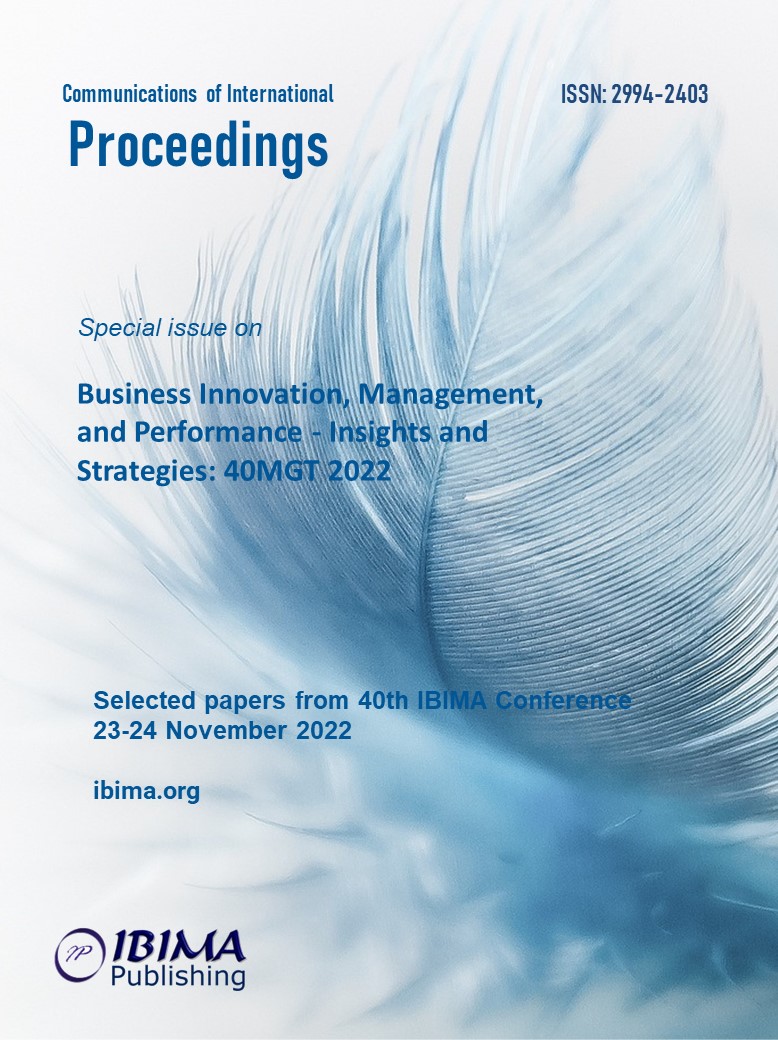
Tadeusz A. GRZESZCZYK and Ashraf Y. M. ABUBAKER
Warsaw University of Technology, Faculty of Management, Warsaw, Poland

Individual modules of business management software, such as Enterprise Resource Planning (ERP) systems, are used to support the effective and efficient implementation of key business processes (finance, manufacturing, supply chain management, inventory, planning, human resources, etc.), among which an important role is played by, among others, sales and acquisition modules that facilitate the processing of purchase and sales orders, as well as generating related reports in sales order processing. Analyzing, evaluating, and improving sales order life cycles can lead to a reduction in the costs and time associated with these cycles and can also help to improve relationships with customers and suppliers. One of the methods supporting such activities is cause and effect analysis, which makes it possible to identify and group the root causes of problems in the analyzed processes. This paper aims to investigate the validity of using the Fishbone (Ishikawa) diagram in sales order life cycle analysis. Theoretical considerations have been enriched with empirical studies concerning identifying the root causes of problems related to an excessively long order-to-delivery process cycle time in a production and trade company selected for the research.